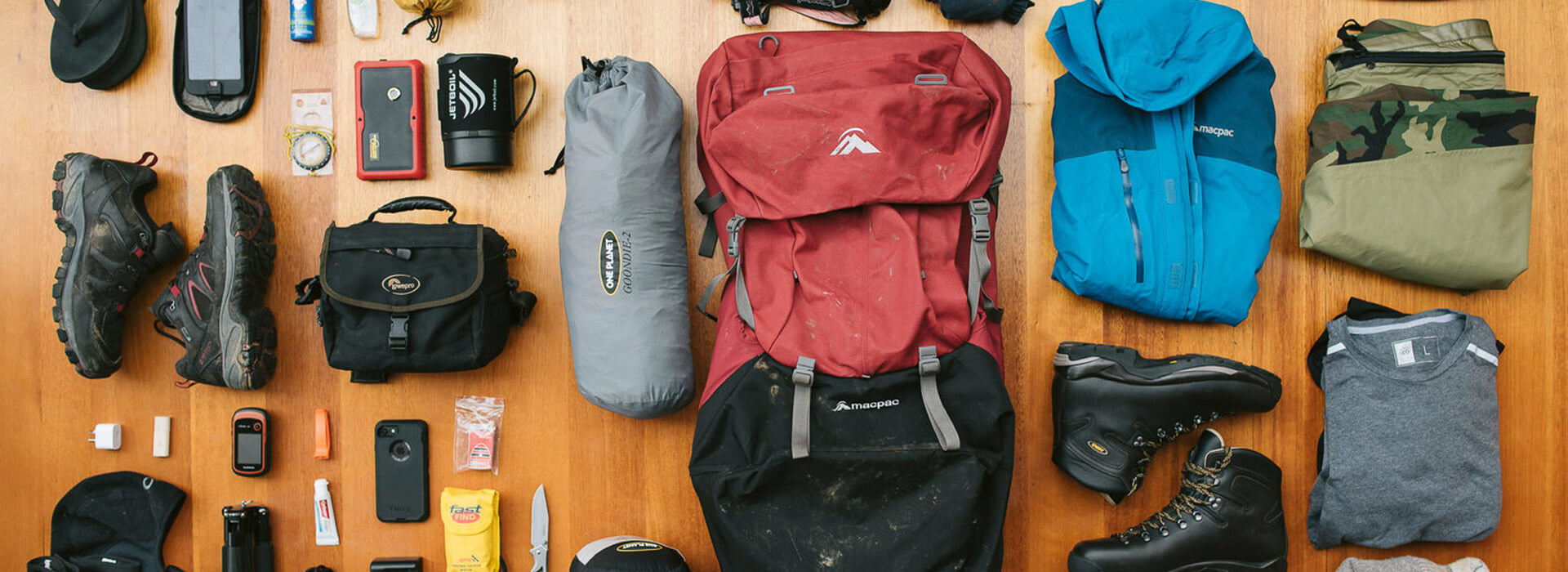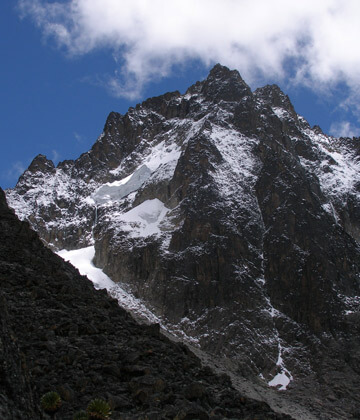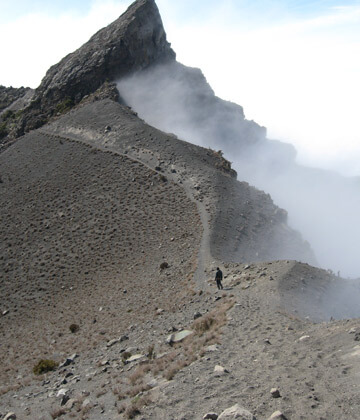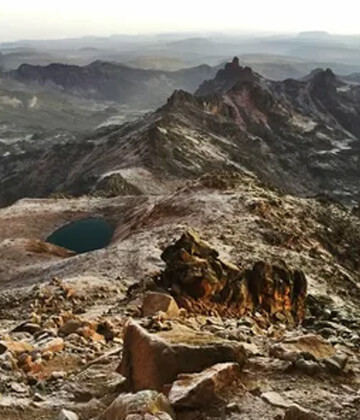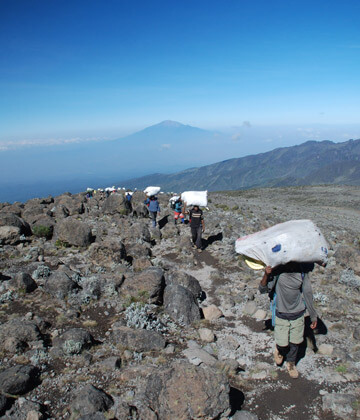Kilimanjaro Packing List
Big items
A large pack: Durable and waterproof, for carrying most of your essentials. Typically, a porter carries this. Note that by Tanzanian law, porters can only carry a 33-lb (16 kg) load each so be sure to keep the weight to 33 pounds or under.
A day pack: Also need to be durable and waterproof, for items you need immediate access to. You’ll be carrying this yourself during the climb so make sure to only pack it with how much you can carry during the climb.
A sleeping bag: Check with your tour guide for what type of sleeping bag you’ll need. Since nights on the mountain are cold, even in warmer months, you’ll most likely need a cold weather sleeping bag, which is typically thicker with more padding. Invest in a lightweight one. While they’re usually more expensive, they’re worth the money as they’ll really keep you warm at night.
A mattress pad: Many tour operators provide this, but to be on the safe side, check with your tour operator before you go. If they don’t, you can easily purchase an inflatable, lightweight one from a recreational equipment store.
Ultra lightweight rain covers: These are important for your packs are important to keep your belongings dry, even if you’re going during the dry months or you have a waterproof pack. You wouldn’t want to be hiking or sleeping in damp clothing.
Ultra lightweight dry sacks: An essential item to put inside your pack is another rain precaution to consider when packing. It’s not absolutely necessary, but it is definitely recommended.
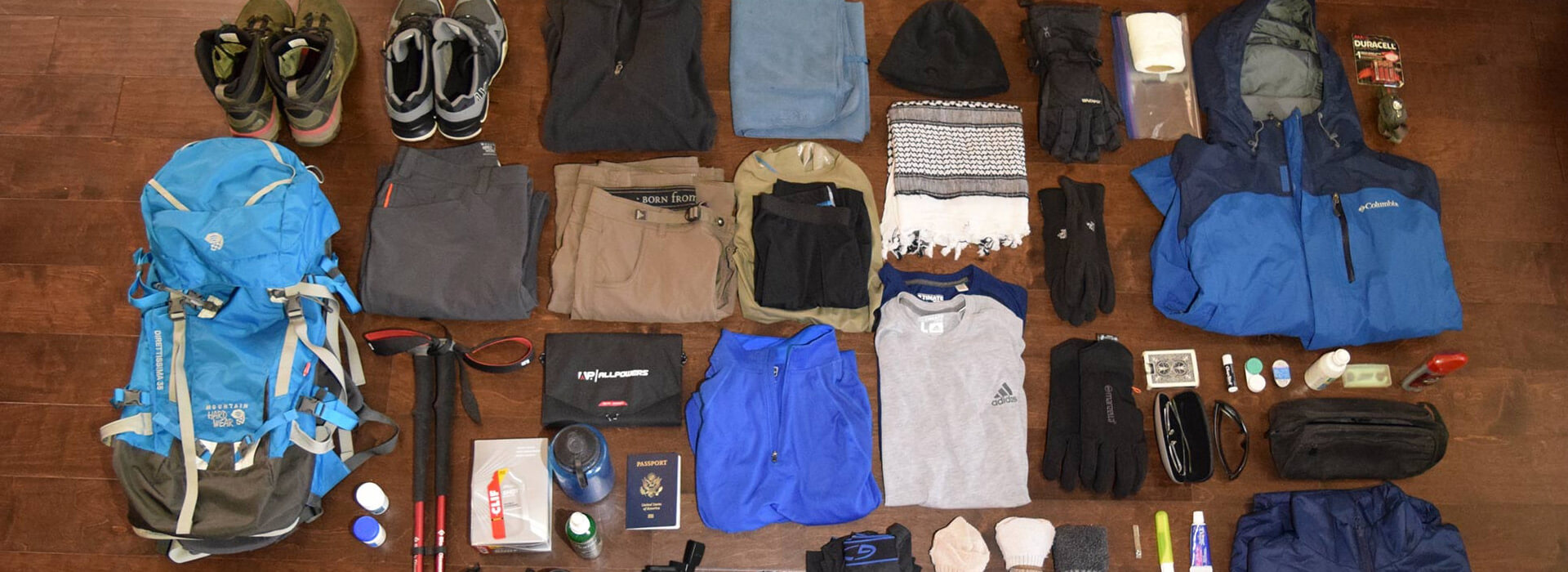
Smaller, Miscellaneous Items
Energy snacks, supplements and drinks: While not mandatory, these are invaluable to keeping your energy up during the day.
Non-disposable water bottles or a camelback: Essential for obvious reasons.
Water purification tablets: Because as fresh and purified the water is from mountain streams, they might still carry bacteria that will not agree with you. Better to be on the safe side.
Medication and other medical items: From prescribed medication, pain pills and diarrhoea tablets to items such as contact lens solution and Epicenes – are even more important as they are personal to you.
Bar of soap and small towel: For personal hygiene.
Head torch with spare batteries: For night-time use.
Trekking poles: To assist you with your balance and give you leverage.
A mobile phone with a local sim card: Can prove extremely useful as many parts of the mountain have service and you’d be able to call for help during emergencies.
Plastic bags: Are useful for packing your dirty clothes and for waste. Remember, Kilimanjaro is a ‘Leave No Trace’ area, and you are required to take your waste back with you.
Sunglasses or goggles with UV filter: These are absolutely necessary for protecting your eyes from weather conditions.
Sunscreen: Also necessary, even on cloudy days.
Foot and hand warmers: These are great to have on hand, even if you are wearing the right type of socks, shoes and gloves.
Personal hygiene items: Deodorant, toothbrush and toothpaste, lip balm, comb, toilet paper and lotion.
Hand wipes or a hand sanitizer: Might prove handy at times.
Clothing to pack for Mount Kilimanjaro
Even during warmer months, you will need to wear warm layers to protect you from the cold, especially at night. For a seven to eight day Kilimanjaro hiking itinerary, you’ll need the following articles of clothing:
Moisture-wicking shirts: These force sweat from your body onto its outer lining for faster evaporation, keeping you dry.
A fleece vest or top: Can be used as an added layer to protect you from the cold.
An insulated, waterproof, lightweight jacket: Preferably with a hood, is essential to protect you not just from the cold but also from the wind and the rain.
Thermal tops and pants: For warmth.
Lightweight pants: Well-fitted but also spacious for easy movements.
Gloves with wrist straps: Are important to protect your hands from the frostbite.
Thin, wool socks: These are better built for keeping your feet warm than thick regular socks.
Hat or cap: To protect your face and neck from the sun.
Warm beanie: Protect your head from the cold.
Trekking shoes or boots: Preferably waterproof, might be more expensive than regular running shoes or sneakers. But they are h the investment as they’re designed to last, protect your feet, and give your ankles and back better support. Remember to break in them before your hike.
Underwear: To last you the whole trek.
Documents & Travel Insurance
- Store your important documents safely.
- waterproof document bag
- passport / visa
- plane / bus / train tickets
- print of booking confirmation (Tour, Hotel, Transfer)
- a good travel insurance – I often used the one from WorldNomads (see calculator below)
Recommendation
Related Kilimanjaro Travel Packages

Tailor-Made Tour
First time on Safari?
Let’s start designing your Holiday
A new way to create your safari. African travel is opening up to the world. Create your first trip here and let us know what you think. You can trust our insightful team of travel experts to design a first time safari that experience in Kenya, Tanzania, Uganda and Rwanda….

